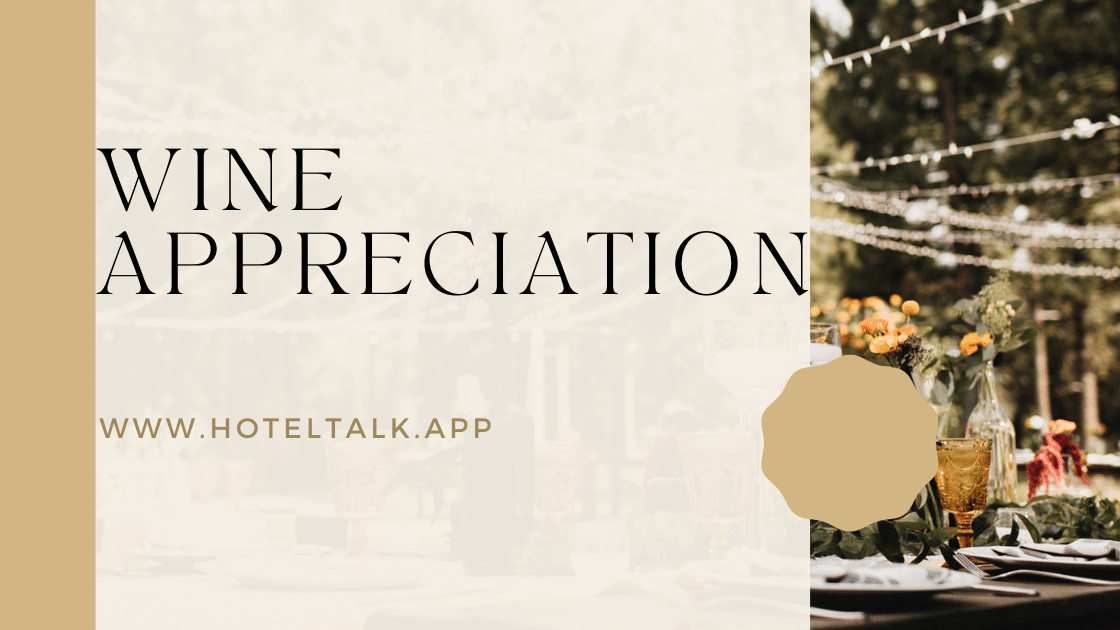The more you know about wine, it seems the more there is to know. Like any other multifaceted subject, the trends, players, and etiquette change over time and can be difficult to keep up with. Luckily you don’t have to be an expert to enjoy good wines, match them with foods, and recommend them to customers. There are excellent magazines, newsletters, and Internet web sites for wine lovers, and any good bookstore will have dozens, if not hundreds, of books about the world’s various wine regions and their histories, heroes, and wares. The problem is that for a bartender, server, or manager written information is simply not enough. Useful wine knowledge begins with experimentation, which means tasting and comparing wines from different countries and trying them with foods as you learn more about their origins. Don’t think of it as a mystery or a daunting task. Think of it as an adventure, and one on which your customers have already embarked. In 2004, the most recent year for which figures were available for this edition, wine sales in the United States were up 4 percent in volume and 7 percent in value over the previous year. The U.S. Department of Agriculture says that wine consumption in the United States has grown steadily in the past decade, and 25 percent of Americans now drink wine. About half of this group says they drink it at least once a week.
In today’s beverage-service industry wine is often ordered in lieu of cocktails. It is such a potentially important and profitable part of your business that the next two articles are devoted to wine appreciation and wine sales.
- Classify wines according to type and recognize some of their distinguishing characteristics.
- Learn about the grapes used to make wine, and the wine making process.
- Learn how to taste a wine so you can adequately assess its characteristics and describe them to customers.
- Familiarize yourself with the world’s leading wine regions and the types of wine they produce.
- Understand how to read wine labels.
A BRIEF HISTORY OF WINE IN THE UNITED STATES
Making wine is as ancient as history itself; it is referred to in the Bible, in hieroglyphics, and in Greek and Roman literature. Wine making is the process of fermenting the juices of ripe grapes. The chemical reactions in this process are as follows: Yeast converts the sugar found naturally in the fruit into alcohol and carbon dioxide. The carbon dioxide (CO2) escapes into the air, leaving the juice and alcohol behind to be stored, bottled, and eventually consumed. The quality of the fruit has a great deal to do with whether or not the wine is worth drinking. When Europeans first came to the New World, they did their best to grow grapes from cuttings they brought with them. But the grapevines did not flourish in the cold northeastern climate, so most alcoholic fruit concoctions were made from berries or apples.
